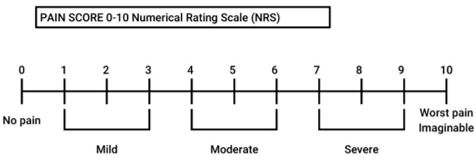The significant relief of Ayurvedic management for Severe Migraine Episodes: A Case Study
DOI:
https://doi.org/10.21760/jaims.9.8.39Keywords:
Migraine, Shiroroga, Ardhavbhedaka, Pitta, VataAbstract
Migraine is a common and debilitating neurological disorder marked by recurrent, severe headaches that are frequently accompanied by nausea, sensitivity to light, and sensitivity to sound. These migraine attacks can profoundly disrupt daily life and overall well-being. The development of migraines is influenced by a complex interaction of genetic, environmental, and neurovascular factors. Recent studies have enhanced our understanding of migraine mechanisms, highlighting the role of cortical spreading depression and neuropeptides such as calcitonin gene-related peptide (CGRP). Managing migraines effectively often involves a combination of lifestyle changes, medications, and, in some cases, alternative treatments. In Ayurveda, migraine is compared with Ardhavbhedaka (half-headache) which belongs to the Shiroroga. Ardhavbhedaka is primarily associated with imbalances in the Pitta and Vata Doshas due to etiological factors such as eating dry food, eating immediately after a meal, exposure to air from the east, dew, excessive sexual activity, preventing the natural urge of bodily waste, excessive physical labor, develop Ardhavbhedaka.
Downloads
References
Denuelle, M., Lucas, C., & Payoux, P. (2020). Cortical spreading depression and its relationship with migraine. Frontiers in Neurology, 11, 123.
Goadsby, P. J., Holland, P. R., & Martins-Oliveira, M. (2017). Migraine pathophysiology: a review. Journal of Neurology, 264(1), 85-98.
Lipton, R. B., Bigal, M. E., & Diamond, M. (2018). Migraine prevalence, disability, and health care utilization in the United States: results from the American Migraine Study II. Headache: The Journal of Head and Face Pain, 48(6), 855-865.
Meyer, G., & Robson, S. (2021). The global burden of migraine. Current Neurology and Neuroscience Reports, 21(5), 28.
Saylor, D., Hsu, J., & Schramm, S. (2022). Case studies in chronic migraine: insights into treatment strategies. Headache Medicine, 13(2), 45-54.















